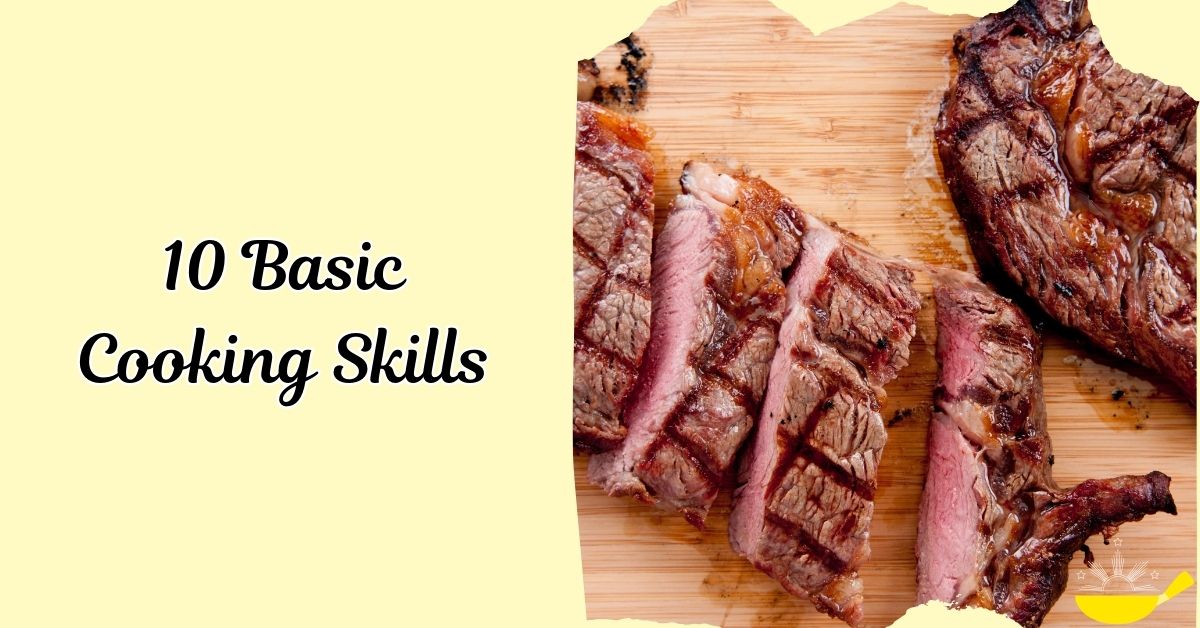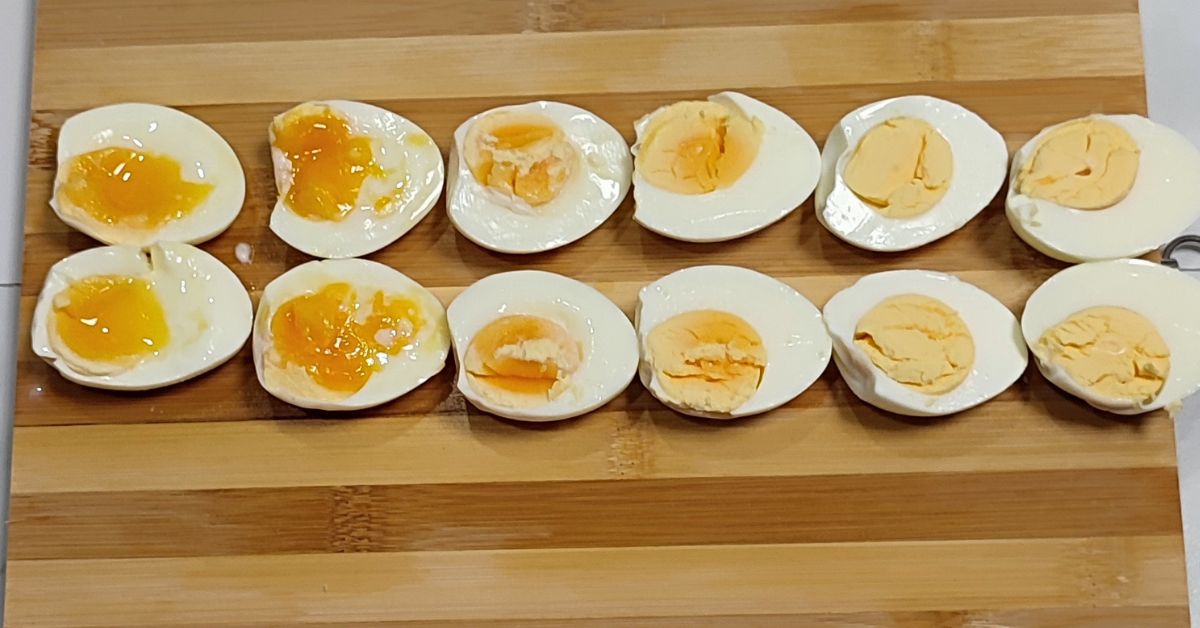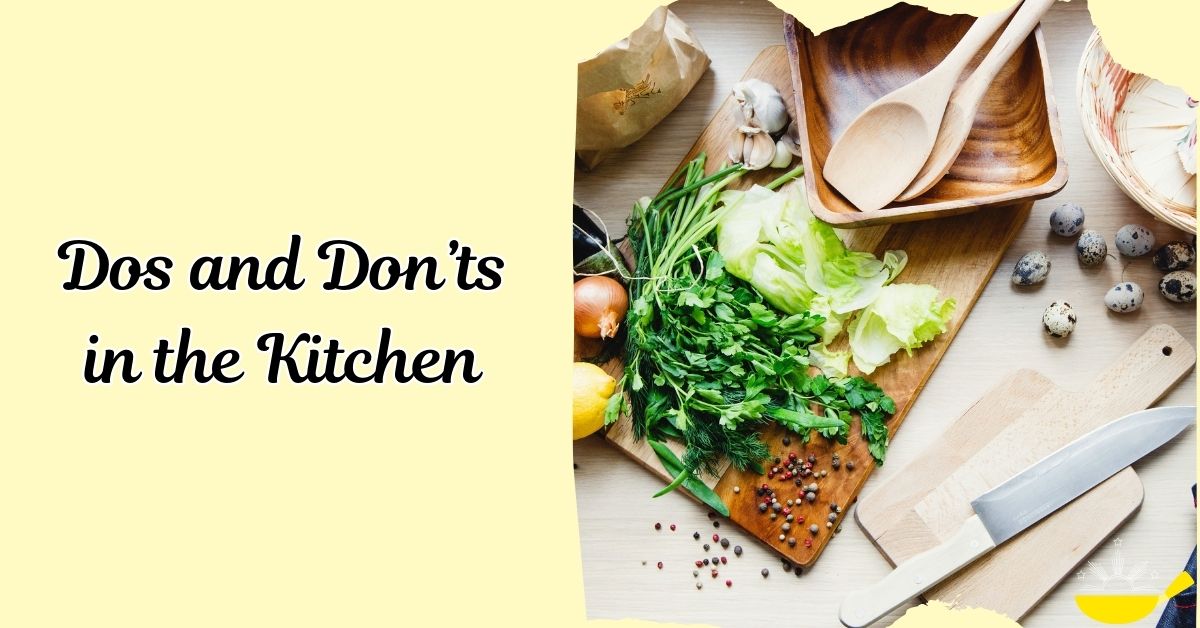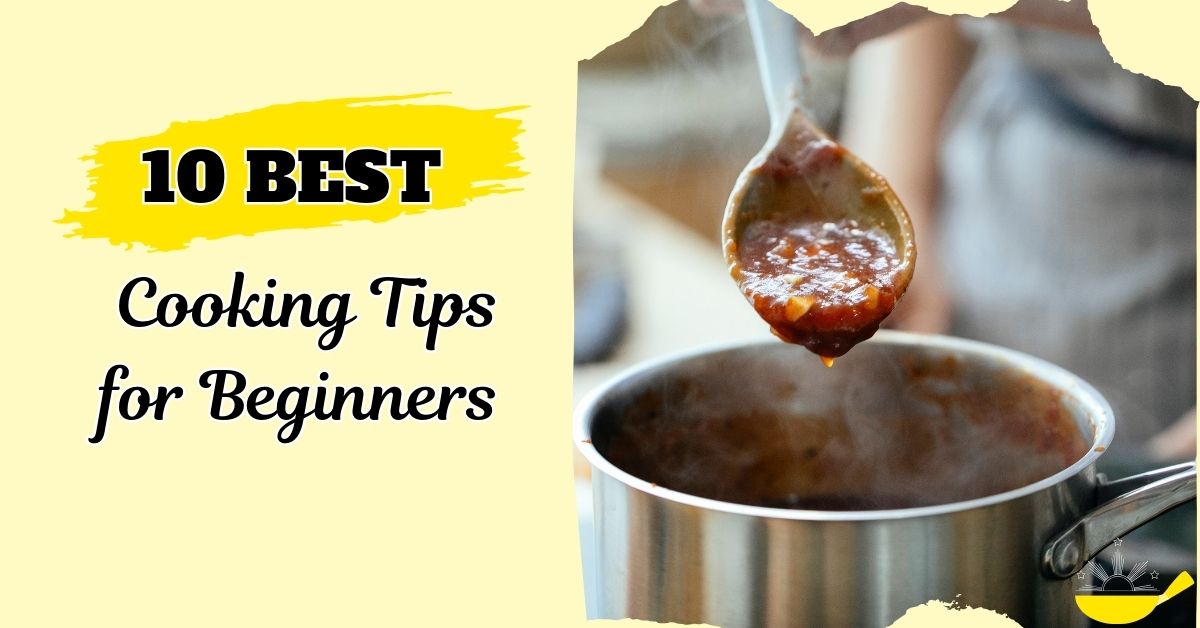
Learning how to cook wasn’t something I grew up with. Why would I when I have my Mama who would cook the most delicious food for us. I only found my love for cooking as an adult. In those early days, I couldn’t even make a sunny side up egg without it sticking to the pan. I can still feel the frustration of trying so hard to make a perfect fried egg and failing. But it was through those small struggles that I discovered the joy of cooking.
But don’t worry! If I can learn how to cook, so can you.
Let me share with you 10 basic cooking skills that helped me make the best meals for my family. These skills are simple but essential. I am still continuously learning, maybe not at the level of a 5-star Michelin chef, but with these simple skills, you can already create delicious meals for your loved ones.
Once you master them, you’ll feel more confident in the kitchen and enjoy cooking even more. Let’s start this cooking journey together and create delicious family meals!
10 Basic Cooking Skills
1. Mastering Knife Skills
Chopping, Dicing, and Mincing
When I first started cooking, I didn’t know the difference between chopping, dicing, and mincing. Chopping is when you cut food into bite-sized pieces, dicing is when you cut food into small, even cubes, and mincing is when you chop food into tiny pieces. Getting these cuts right is important because even cuts ensure your food cooks evenly.
Slicing
Slicing is about making thin, even cuts, which is great for vegetables, fruits, and meats. Always keep your fingers tucked in and use a sharp knife to avoid accidents. Trust me, a sharp knife is actually safer than a dull one!
2. Understanding Basic Cooking Methods
Boiling and Simmering
Boiling is when you cook food in rapidly bubbling water, while simmering is cooking food in water that’s just below boiling. Pasta is typically boiled, while soups are simmered to blend flavors without making the ingredients too mushy.
Steaming
Steaming is one of the healthiest ways to cook because it preserves nutrients. You can steam vegetables, fish, and even dumplings. It’s quick and keeps the food’s natural flavor intact.
Sautéing
Sautéing is cooking food quickly in a little bit of oil over high heat. It’s perfect for vegetables and small pieces of meat. Use a good pan and the right amount of oil to get the best results.
Frying
Shallow frying uses a small amount of oil, while deep frying submerges the food in oil. For crispy, golden results, make sure your oil is hot enough before you start frying.
Baking and Roasting
Baking and roasting both use dry heat, but baking is usually for breads and cakes, while roasting is for meats and vegetables. Both methods can create delicious, flavorful dishes.
Grilling
Grilling adds a unique smoky flavor to your food. To get perfect grill marks, make sure your grill is hot and avoid moving the food around too much.
3. Seasoning and Flavoring
Spices and Herbs
Spices and herbs can transform a simple dish into something amazing. Start with common ones like basil, oregano, and paprika, and don’t be afraid to experiment.
Salt and Pepper
Salt and pepper are essential for bringing out the natural flavors of food. Season as you cook and taste along the way to get it just right.
Balancing Flavors
Great dishes have a balance of sweet, salty, sour, bitter, and umami flavors. Taste your food and adjust the seasoning to find the perfect balance.
4. Cooking Grains and Pasta
Rice
For perfect rice, rinse it first to remove excess starch, then cook it with the right amount of water. If you have a rice cooker, it makes things even easier.
Pasta
Cook pasta until it’s al dente, which means it’s firm to the bite. Always follow the cooking time on the package and don’t forget to salt the water.
5. Making Basic Sauces
Simple Sauces
Learning a few basic sauces like tomato sauce, béchamel, and gravy can really up your cooking game. Adjust the consistency and flavor as needed by adding more liquid or spices.
Dressings
Homemade salad dressings and marinades are simple and taste so much better than store-bought. The key is emulsification – mixing oil and vinegar or lemon juice until they blend.
6. Meat and Fish Preparation
Basic Butchery
Knowing how to cut and trim meat can save you money and help you cook it better. Choose the right cuts for your recipes and don’t be afraid to ask your butcher for advice. Plus, if you would buy those fresh meats in the market, your suking tindahan (favorite store) would be more than happy to cut those meat for you for FREE!
Cooking Meat and Fish
Different methods work best for different types of meat and fish. Always ensure your meat is cooked to the right temperature for safety and the best taste.
7. Vegetable Preparation
Washing and Peeling
Properly washing and peeling vegetables ensures they’re clean and ready to eat. Use a vegetable peeler or knife, and rinse them under running water.
Cooking Vegetables
You can steam, boil, roast, or sauté vegetables. Each method brings out different flavors and textures, so try them all to see what you like best.
8. Egg Cooking Techniques
Boiling, Frying, and Scrambling
Boiled eggs are great for snacks, while fried and scrambled eggs are perfect for breakfast. Each method has its own little tricks for the best results, like gently stirring scrambled eggs for a creamy texture.
Omelets and Poached Eggs
Omelets and poached eggs are a bit more advanced but worth mastering. For omelets, cook slowly and fold carefully. For poached eggs, create a gentle whirlpool in simmering water to keep the egg together.
9. Understanding Measurements
Measuring Ingredients
Accurate measurements are key to cooking success. Use measuring cups and spoons for dry and liquid ingredients, and always level off for precision.
Conversions
Sometimes you need to adjust recipes. Knowing common conversions, like how many teaspoons are in a tablespoon, helps a lot.
10. Food Safety and Hygiene
Handling Food Safely
Prevent cross-contamination by using separate cutting boards for meat and vegetables. Always store food properly to avoid spoilage.
Kitchen Cleanliness
A clean kitchen is a happy kitchen. Regularly sanitize surfaces and utensils to keep your cooking space safe and enjoyable.
Why You Should Learn to Cook
Cooking isn’t just about making food—it’s about bringing people together, expressing creativity, and taking care of yourself and your loved ones. Let me share a few reasons why knowing how to cook is so important:
- Healthier Eating – When you cook at home, you control the ingredients. You can choose fresh, wholesome foods and avoid the unhealthy additives often found in processed foods and restaurant meals. Trust me, your body will thank you.
- Saving Money – Eating out or ordering takeout can get expensive. Cooking at home is much more cost-effective and allows you to make the most of your grocery budget. Plus, you’ll be surprised how much you can save.
- Bonding with Family – Cooking together can be a fun and meaningful activity. It’s a great way to spend time with family, teach kids valuable skills, and create lasting memories. Some of my best moments are in the kitchen with loved ones.
- Boosting Confidence – Successfully preparing a meal can give you a sense of accomplishment. As you improve your cooking skills, your confidence in the kitchen and in yourself will grow. I remember how proud I felt the first time I made a dish everyone loved.
- Cultural Connection – Cooking traditional recipes helps you connect with your cultural heritage and pass down important traditions to the next generation. It’s a beautiful way to keep your culture alive.
- Creativity and Experimentation – Cooking allows you to be creative and try new things. Experimenting with different ingredients and techniques can be a fun and rewarding experience. Sometimes, I just throw things together and discover something amazing.
- Self-Care – Taking the time to prepare and enjoy a homemade meal is a form of self-care. It’s a way to nourish your body and take a break from the busy world. Cooking for myself is one of the ways I show myself love and care.
I know learning to cook might seem daunting at first, but with practice, it becomes easier and more enjoyable. And remember, the kitchen is a place where mistakes are just opportunities to learn something new. There are lot of dos and don’ts that you should also know about being in the kitchen but don’t be afraid to start your cooking journey—one delicious meal at a time. You’ve got this!
Frequently Asked Questions
Absolutely! If I could learn to cook, so can you. Start with the basics, and practice regularly.
No, you can start with basic kitchen tools like a knife, cutting board, and a few pots and pans. As you get more comfortable, you can add more tools to your kitchen.
Follow recipes closely and don’t be afraid to make mistakes. Each mistake is a learning opportunity that helps you become a better cook.
Start with quick and simple recipes that don’t take much time. Gradually, you’ll find ways to fit cooking into your schedule more easily.






